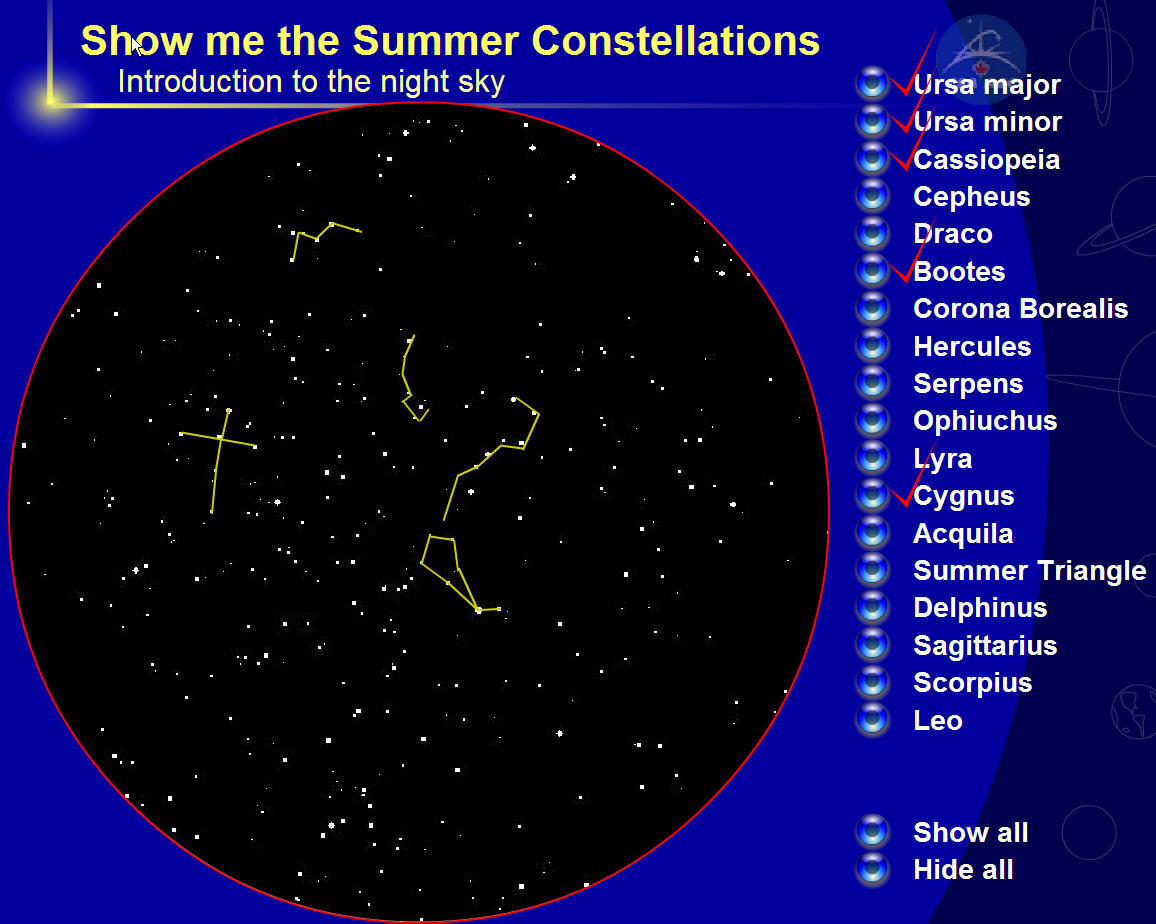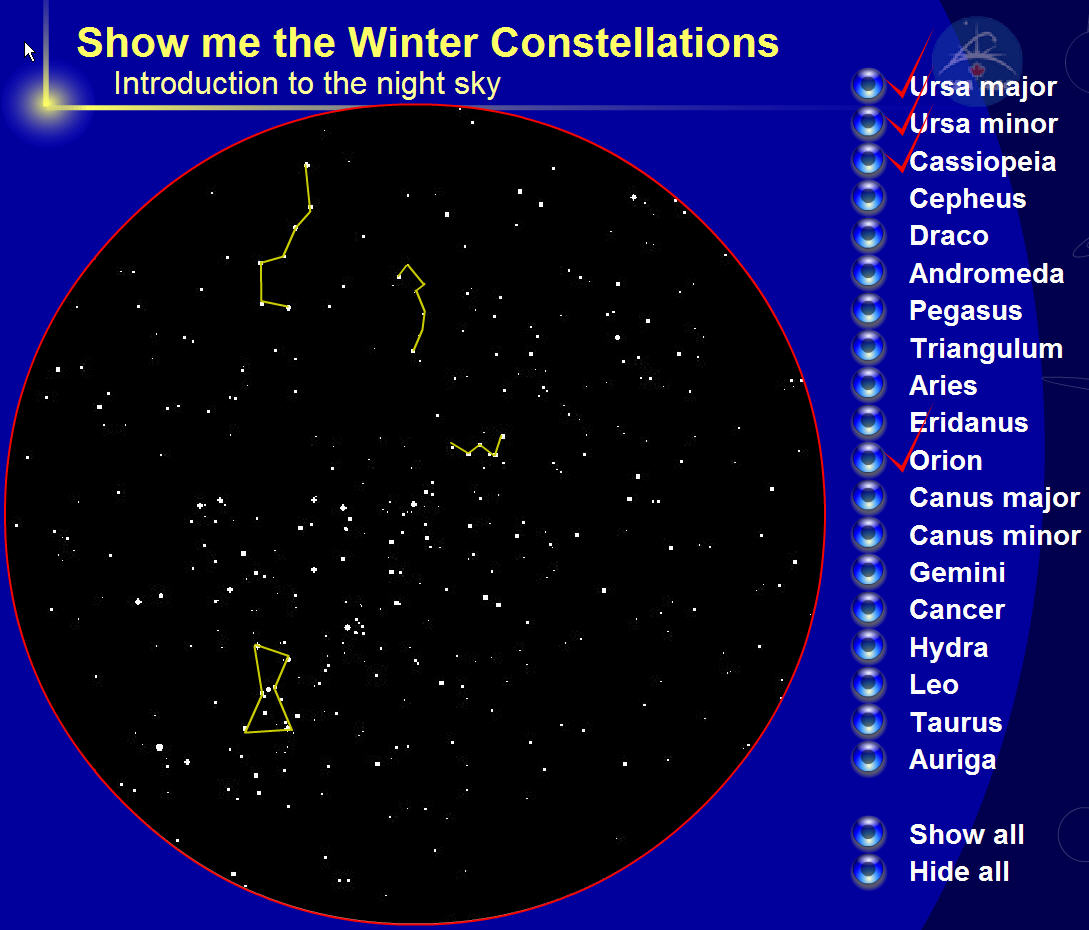- Sun rises and sets each day
 careful observers would see that
the sun doesn't always rise or set in the same place each day.
careful observers would see that
the sun doesn't always rise or set in the same place each day.
- If you made a timing device (like a container of sand with a hole in it) you might
notice that the length of time the sun appears in the sky varies.
 even a crude timing device would show this. For instance, at the latitude of Eugene the
length of time the sun is in the sky varies by 8 hours from winter to summer. So if you
had a sand clock that say held 8 hours worth of sand , you would easily figure out that
sometimes the sun is in the sky longer than one contain's worth of stand - a lot longer.
even a crude timing device would show this. For instance, at the latitude of Eugene the
length of time the sun is in the sky varies by 8 hours from winter to summer. So if you
had a sand clock that say held 8 hours worth of sand , you would easily figure out that
sometimes the sun is in the sky longer than one contain's worth of stand - a lot longer.
- Seasonal climate variations were certainly recognized at the time and ultimately
this could easily be related to how long the sun stayed in the sky, and the position
where the sun set or rose.
- The moon has phases - or more simply, sometimes there are times when there is no
visible moon in the sky (where did it go?)
 it always does seem to
come back: This pattern most easily lends itself to a calendar where a "moon" (time between
full moons) is a unit.
it always does seem to
come back: This pattern most easily lends itself to a calendar where a "moon" (time between
full moons) is a unit.
- The stars rise and set
 more importantly, different patterns of
stars (e.g. constellations) are seen at different times of the year. This changing pattern
is really quite obvious to anyone that looks at the night sky.
more importantly, different patterns of
stars (e.g. constellations) are seen at different times of the year. This changing pattern
is really quite obvious to anyone that looks at the night sky.
For instance, at our latitude in the summer, if we look overhead we would see this pattern of stars with some specific constellations shown:

In the winter, this pattern has clearly changed and compare the orientation of the big dipper, the little dipper and cassiopea in this view compared to the summer view.

So then how do you make a model of the earth plus celestial sphere that is consistent with these observations?
A stationary earth with everything else rotating around it is the most operationally simple model and can qualitatively account for the rising and setting motion of objects, but that's about it.
- This model really can't easily explain the change in the amount of "time" the
sun is present in the daytime sky.
- Its unclear if this model adequately can explain lunar phases.